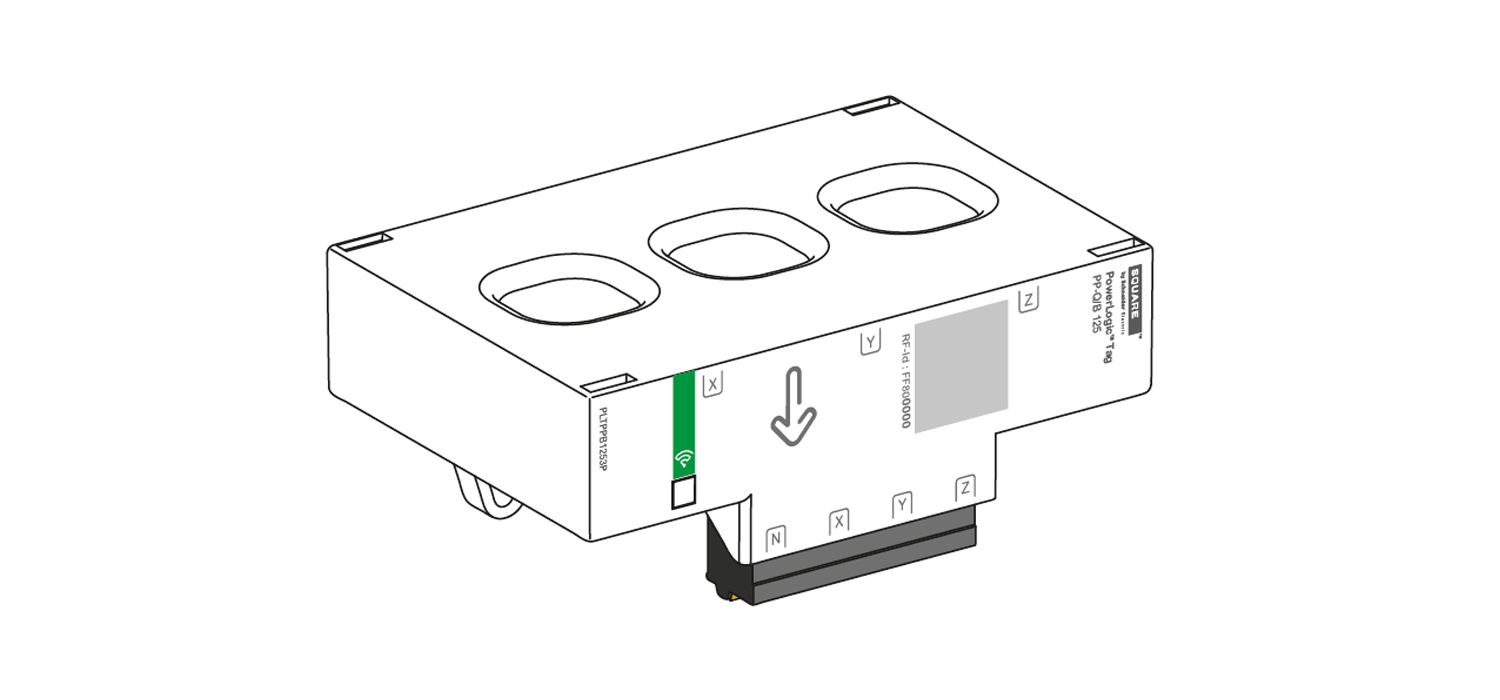SQUARE D
Wireless Communication Energy SensorInstructions Manual
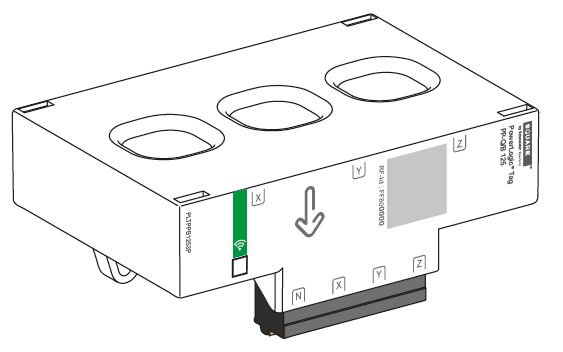
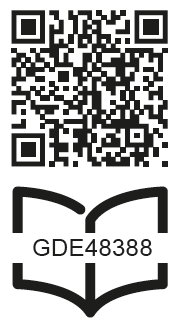
www.se.com/us
Refer to the concentrator’s user manual to configure your system.
This instruction sheet must be kept for future use.
PLEASE NOTE
- Electrical equipment should be installed, operated, serviced, and maintained only by qualified personnel.
- PowerLogic Tag devices must not be repaired.
- PowerLogic Tag devices should not be installed if, while unpacking, any damage is observed.
- PowerLogic Tag devices must be installed inside electrical panels or switchboards, behind a door or plate, so that they are inaccessible to unauthorized persons.
- The electric panels must meet the requirements of the applicable standards and installed in compliance with current installation and safety rules.
- All relevant local, regional, and national regulations must be respected while installing and using PowerLogic Tag devices.
- No responsibility is assumed by Schneider Electric for any consequences arising out of the use of this material.
- Do not install this device in panelboards or switchboards that contain GFCIs or AFCIs that are from manufacturers other than Square D.
DANGER
HAZARD OF ELECTRIC SHOCK, EXPLOSION OR ARC FLASH
- Apply appropriate personal protective equipment (PPE) and follow safe electrical work practices. See NFPA 70E, CSA Z462 or local equivalent.
- This equipment must only be installed and serviced by qualified electrical personnel.
- Turn off all power supplying this equipment before working on or inside equipment.
- Always use a properly rated voltage sensing device to confirm power is off.
- Do not use a PowerLogic Tag device for voltage testing purposes. A Voltage Tester must be used instead.
- Replace all devices, doors, and covers before turning on power to this equipment.
Failure to follow these instructions will result in death or serious injury.
WARNING: This product can expose you to chemicals including Carbon black, which is known to the State of Califomia to cause cancer and which is known to the State of California to cause birth defects or other reproductive harm. For more information go to www.P65Warnings.ca.gov
1. Description
1.1 PowerLogic Tag

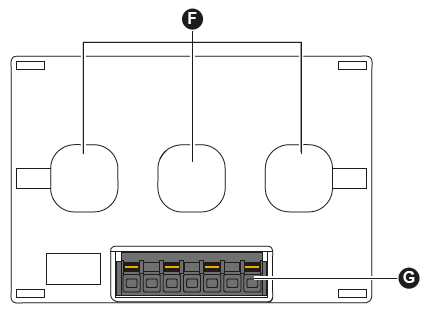
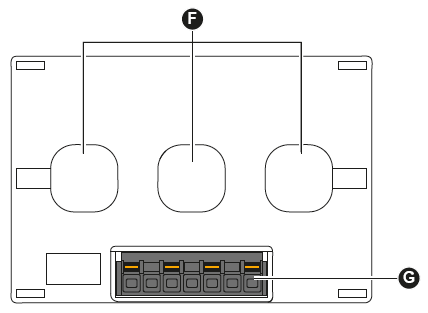
1.2 Status LED
Before proceeding with pairing, ensure that the concentrator has the latest available software version. Refer to the user manual of the concerned concentrator.

2. Installation and connection
WARNING :
FIRE HAZARDThe PowerLogic Tag must be associated with an easily accessible upstream protection (2 A) and circuit-breaker system, marked with callout in the schematic below. Failure to follow these instructions can result in death, serious injury, or equipment damage.
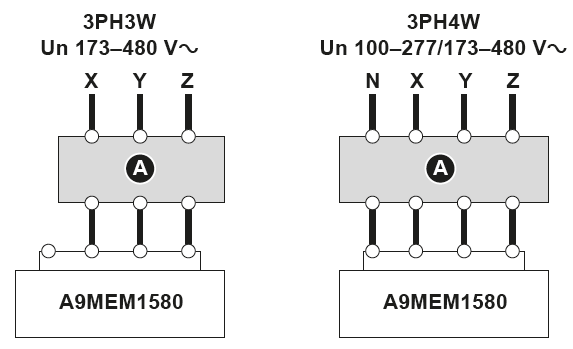

PLEASE NOTE
Install the PowerLogic Tag such that there is no mechanical interference between the voltage take-offs and the cover.
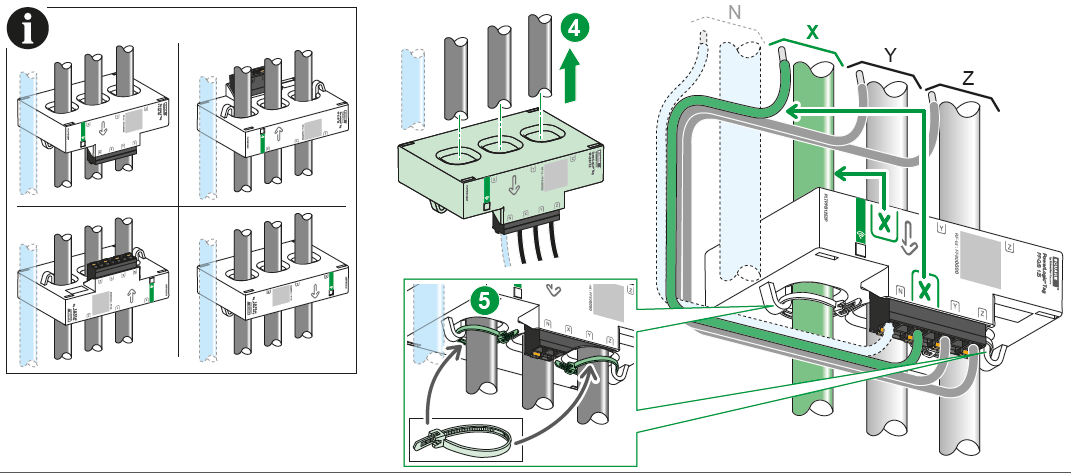
Dielectric Test
NOTICE
RISK OF DAMAGE TO POWERLOGIC TAG
- Disconnect the voltage take-offs of the PowerLogic Tag before performing the dielectric withstand test or insulation measurements.
- Connect the voltage take-offs of the PowerLogic Tag after the dielectric test. Failure to follow these instructions can result in equipment damage.
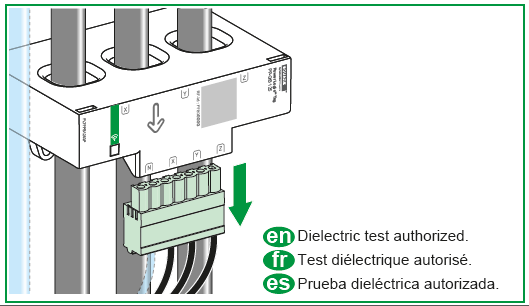
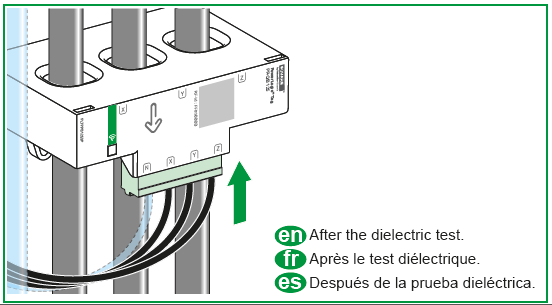
4. Technical data
PMD-II/DD/K70/1 – IEC 61557-12 – IEC 61010-1 – IEC 61326-1 (industrial electromagnetic environment)Imax: 160 A, Ib: 25 A
- Voltage range Un : 3Na 100–277/173–480 V +/-20%
- Frequency: 50/60 Hz
- Maximum power consumption: y 3 VA
- Operating temperature: -25°C to +70°C (-13°F to +158°F)
- Altitude: y 2000 m (y 6500 ft)
- Relative humidity: Maximum 93% without condensation
- Impact resistance index: IK05
- Protection degree: IP20
- Overvoltage and measurement category: IV Withstands temporary surges on the power supply
- Pollution degree: 3
5. Symbols Printed on the Device

6. Radio Frequency Compliance Statements
USA
Federal Communication Commission Interference StatementThis device complies with Part 15 of the FCC Rules. Operation is subject to the following two conditions:
- This device may not cause harmful interference, and
- This device must accept any interference received, including interference that may cause undesired operation.
This equipment has been tested and found to comply with the limits for a Class B digital device, pursuant to Part 15 of the FCC Rules. These limits are designed to provide reasonable protection against harmful interference in a residential installation.
This equipment generates, uses and can radiate radio frequency energy and, if not installed and used in accordance with the instructions, may cause harmful interference to radio communications. However, there is no guarantee that interference will not occur in a particular installation. If this equipment does cause harmful interference to radio or television reception, which can be determined by turning the equipment off and on, the user is encouraged to try to correct the interference by one of the following measures:
- Reorient or relocate the receiving antenna.
- Increase the separation between the equipment and receiver.
- Connect the equipment into an outlet on a circuit different from that to which the receiver is connected.
- Consult the dealer or an experienced radio/TV technician for help.
FCC Caution: Any changes or modifications not expressly approved by the party responsible for compliance could void the user’s authority to operate this equipment.
This transmitter must not be co-located or operating in conjunction with any other antenna or transmitter.
Radiation Exposure Statement
This equipment complies with FCC radiation exposure limits set forth for an uncontrolled environment.This equipment should be installed and operated with minimum distance 20 cm between the radiator & your body.
Canada
Industry Canada StatementThis device complies with RSS-247 of the Industry Canada Rules. Operation is subject to the following two conditions:
(1) This device may not cause harmful interference, and
(2) this device must accept any interference received, including interference that may cause undesired operation. Ce dispositif est conforme à la norme CNR-247 d’Industrie Canada applicable aux appareils radio exempts de licence. Son fonctionnement est sujet aux deux conditions suivantes:
(1) le dispositif ne doit pas produire de brouillage préjudiciable, et (2) ce dispositif doit accepter tout brouillage reçu, y compris un brouillage susceptible de provoquer un fonctionnement indésirable.
Radiation Exposure StatementThis equipment complies with IC radiation exposure limits set forth for an uncontrolled environment.This equipment should be installed and operated with minimum distance 20 cm between the radiator & your body.
Déclaration d’exposition aux radiationsCet équipement est conforme aux limites d’exposition aux rayonnements IC établies pour un environnement non contrôlé. Cet équipement doit être installé et utilisé avec un minimum de 20 cm de distance entre la source de rayonnement et votre corps.
Schneider Electric USA, Inc.800 Federal StreetAndover, MA 01810 USA888-778-2733
https://www.se.com/us
GDE48388-00
© 2020 Schneider Electric – All rights reserved
References
[xyz-ips snippet=”download-snippet”]

